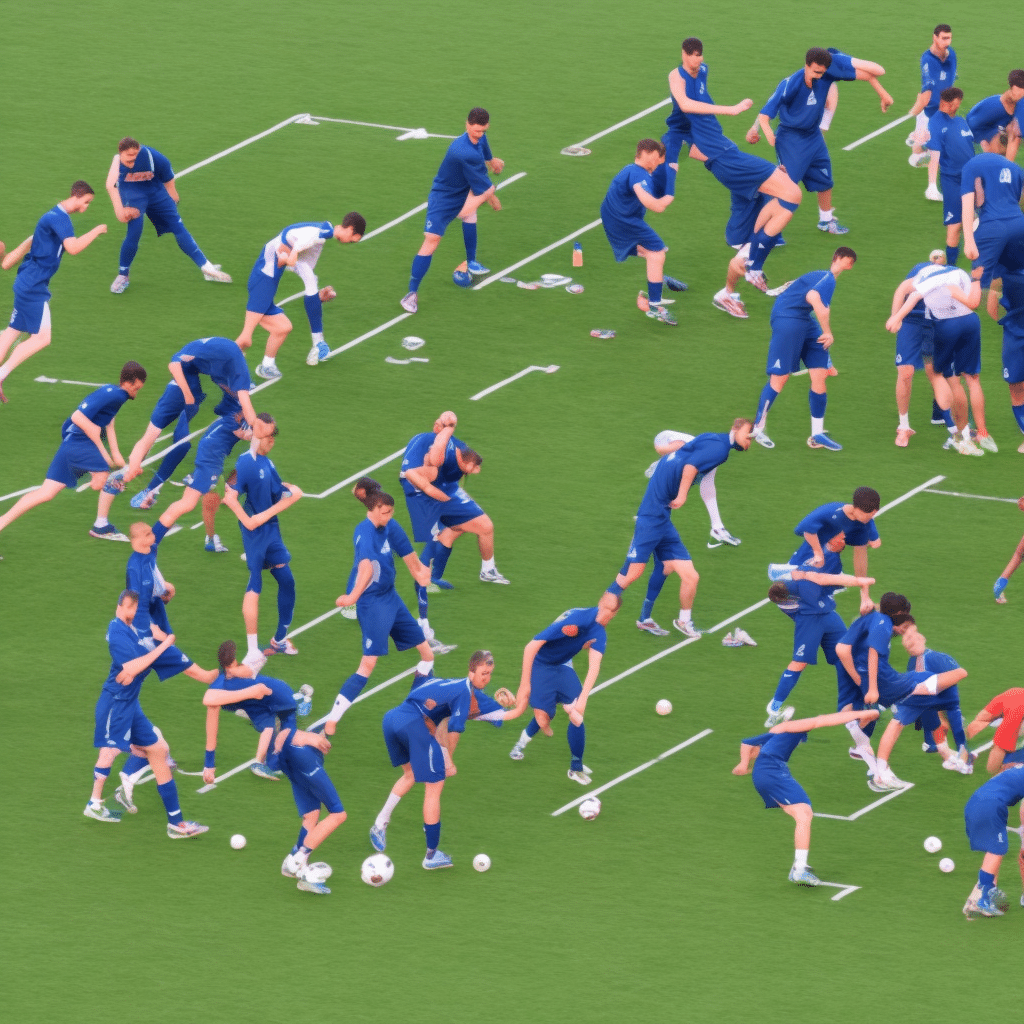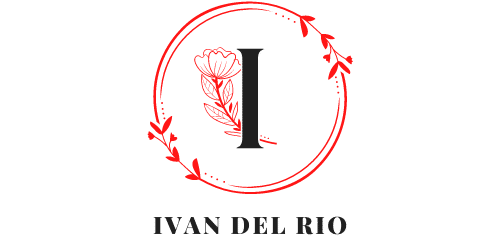How to Apply Differential Learning in Skill Development for Team Sports?

The continuous evolution of sports science has led to novel approaches in training and skill development for team sports. One such avant-garde method is differential learning. It is an innovative system that promotes creativity, adaptability, and versatility in athletes. But how do we apply differential learning for team sport skill development? What are its benefits? Let’s delve into the details.
Understanding the Concept of Differential Learning
Before we explore the application of differential learning in skill development for team sports, it’s vital for us to first understand its concept. What is differential learning? How does it differ from traditional training methods? What is its fundamental philosophy?
A voir aussi : How Can Neuromuscular Training Prevent Ankle Sprains in Basketball Players?
Differential learning is a unique approach towards skill acquisition and development that deviates from conventional training techniques. Instead of focusing on repetition and perfecting a single movement or tactic, it encourages athletes to experience a whole spectrum of movement possibilities. The objective is to enhance an athlete’s adaptability and decision-making capabilities, which are crucial for success in dynamic, high-pressure team sport environments.
Traditionally, coaches often emphasize the importance of repetitive practice to ingrain specific movement patterns or techniques into an athlete’s memory. However, the differential learning approach considers that each repetition of a movement can and should be different. This variability allows athletes to adapt to changing circumstances in a game scenario and respond appropriately.
Cela peut vous intéresser : What Nutritional Interventions Can Optimize Recovery During Multi-Stage Cycling Races?
How Differential Learning Works?
Understanding how differential learning works can help you better implement it in your team’s skill development program. So, let’s break it down and see how this approach can revolutionize your coaching strategies.
The basis of differential learning is neuroplasticity, the brain’s ability to adapt and rewire itself. When athletes practice under varying conditions and execute different movements, they stimulate their brains to form new neural pathways. This process increases their ability to adapt to unexpected situations during a match.
Unlike traditional methods that focus on error correction, differential learning sees errors as opportunities for learning and improvement. It promotes the notion that there is no ‘one-size-fits-all’ solution in sports. Instead, each athlete should find their unique way of executing a technique or solving a problem on the field.
The Benefits of Differential Learning
Now that you understand the basics of differential learning and how it works, it’s time to explore its benefits. How can this innovative approach improve your team’s overall performance and individual athlete’s skills?
Differential learning can help athletes become more adaptable and versatile, which is essential in today’s fast-paced, unpredictable sports environment. By experiencing a variety of movement patterns, athletes can respond to different game situations more effectively and creatively.
Additionally, differential learning can also decrease the risk of injuries. By constantly varying movements, athletes can prevent overuse of specific muscle groups, thereby reducing the likelihood of repetitive strain injuries.
Moreover, this approach can lead to better motor learning outcomes. Studies have shown that variability in practice can enhance the retention and transfer of skills, which can be beneficial in high-pressure match situations.
Implementing Differential Learning in Team Sports
Now, let’s discuss practical ways to implement differential learning in your team’s skill development program. Remember, the main objective is to introduce variability in training and allow athletes to explore different movement options.
Firstly, design training drills that encourage athletes to perform the same skill in various ways. For example, in basketball, instead of practicing the same shot repeatedly, ask players to shoot with different trajectories, arm positions, or while moving at different speeds.
Secondly, incorporate unpredictable elements in practice to mimic the uncertainty of actual games. You can do this by changing the game rules, adjusting field sizes, or using equipment of different weights or sizes.
Lastly, foster a positive training environment where mistakes are seen as learning opportunities. Encourage athletes to experiment with different techniques and strategies without the fear of failure.
Conclusion
In a nutshell, differential learning is a game-changing approach in skill development for team sports. It emphasizes variability, adaptability, and individuality, offering a fresh perspective on training and coaching. By implementing this method, you can help your team not only improve their performance but also foster a growth mindset that values continuous learning and development.
Challenging Conventional Practices with Differential Learning
Differential learning sounds contrary to conventional wisdom, but it is its distinctiveness that makes it a powerful tool. The traditional focus on repetition and mastery of a single method can lead to stagnation, especially in team sports where unpredictability and adaptability are vital.
Differential learning challenges these norms. It promotes exploration and discovery over repetition and perfection. This approach cultivates an environment where athletes are not confined by a single ‘correct’ way, but are encouraged to find multiple ‘right’ ways depending on the situation. This mirrors the fluidity and dynamism of real-life game scenarios.
For example, soccer coaches can apply differential learning by allowing players to experiment with different ways of passing the ball instead of dictating a specific method. This could involve passing with different parts of the foot, at varying speeds, or under different levels of pressure. These variations can help players to adapt and react more effectively in various game situations.
Furthermore, differential learning promotes an open-minded approach where errors are not merely mistakes to be corrected, but valuable lessons. This perspective creates a healthier training environment where athletes are not defeated by missteps, but are motivated to analyze and learn from them.
Conclusion: Embracing Differential Learning in Team Sports
Differential learning is a radical shift from traditional training methods. It requires a completely new mindset, both from coaches and athletes. However, its benefits are clear: it fosters adaptability, versatility, and creativity, all of which are essential elements in any team sport.
Moreover, it promotes a positive and open training environment where errors are not feared but embraced as learning opportunities. This not only facilitates skill development but also contributes to the mental and emotional well-being of athletes.
The application of differential learning is not limited to professional sports. It can also be beneficial for youth and amateur teams, where the focus should be on skill development, enjoyment, and long-term athlete development rather than immediate results.
In conclusion, differential learning encourages a broader and more flexible approach to skill development in team sports. By embracing this methodology, you can help your team to not only enhance their performance but also develop a growth-focused mindset, setting them up for success both on and off the field.
